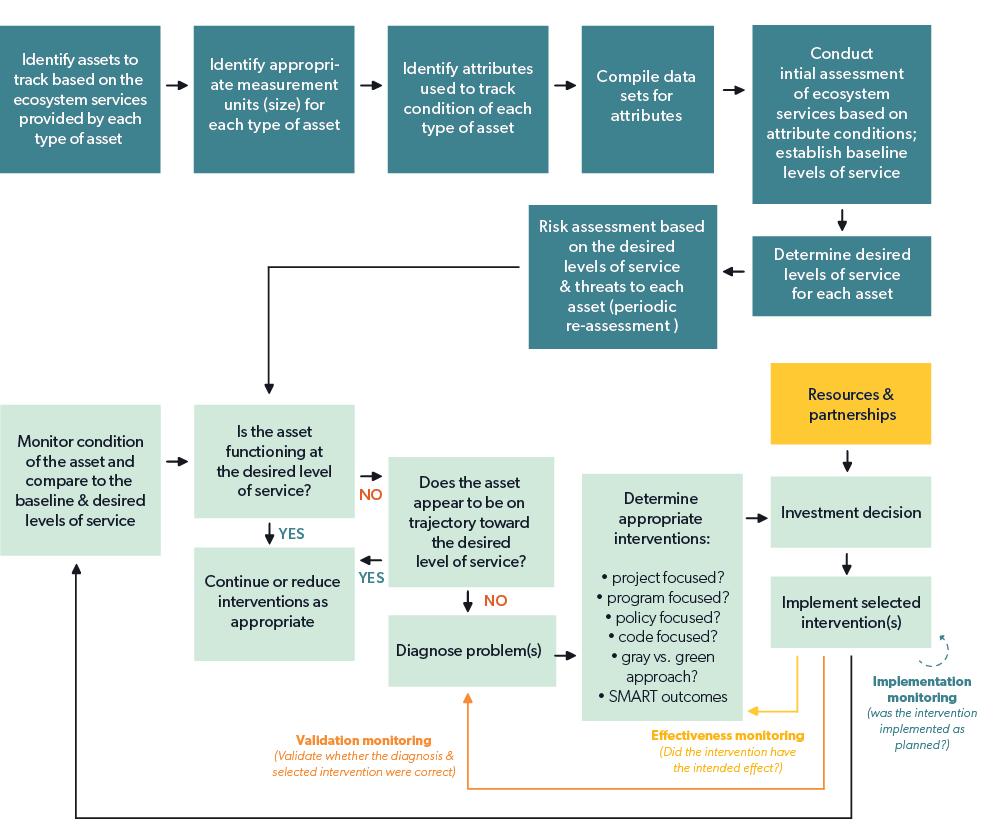Developing a Natural Resource Asset Management Program in Kitsap County
Kitsap County is home to many small, forested watersheds that provide clean drinking water and habitat for salmon and steelhead before flowing into Puget Sound. The region has experienced rapid growth and is expected to continue growing. Faced with pressure on water resources, land conversion, and continuing impacts to fish habitat, the county, Tribes, and partners decided they needed an approach to better reflect the essential values of the natural environment in planning and decision-making.
In 2018, Kitsap County, the Port Gamble S’Klallam Tribe, the Suquamish Tribe, and Washington Environmental Council came together to address these challenges and change how the county manages and invests in the natural environment. For the past several years, we have been working collaboratively to develop and put in place a natural asset management program for Kitsap County.
What is our approach for developing Kitsap’s Natural Asset Management Program?
In the early days of the project, we developed a guiding framework for the project, shown in the diagram below. Since then, we have identified specific metrics to describe levels of service, assessed County-wide existing levels of service in the County’s Cartegraph system for managing all assets, and we are preparing for implementation.
First, we considered important ecosystem services – and chose to focus on stream, shoreline, and forest natural assets. Then, we researched key attributes that affect or provide information about asset conditions. We compiled spatial data, prioritizing readily available sources that are regularly updated, like forest cover and water quality. Management units based on hydrology and natural processes provide a spatial framework for the system. Using simple rating scales, we assessed asset conditions to get a snapshot of the current level of service assets provide.
We wrapped up the initial system set-up steps shown in the diagram below. We are working on defining desired levels of service – goals or targets for the future – and identifying the strategies and actions that the county and partners can take to improve the condition of streams, forests, and shorelines.

What comes next for natural asset management in Kitsap County?
The Kitsap Natural Resource Asset Management Program is dynamic and requires ongoing effort to maintain and integrate across existing county policies and programs. The next steps include further vetting the current levels of service provided by forests, streams, and shorelines, establishing a process to develop desired levels of service, and identifying work needed to close the gaps between current and desired levels of service. Adaptive management of Kitsap’s program is critical to its durability and effectiveness. As shown in the framework, implementing the program will help the county monitor asset condition, make strategic investments, and evaluate progress. Kitsap County and partners will continue working to determine the path forward for refining the asset management framework and integrating the approach and tools with existing county processes.
